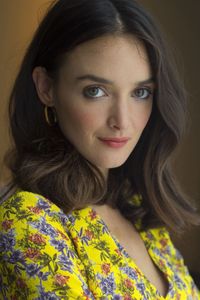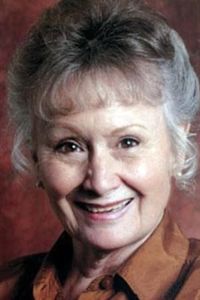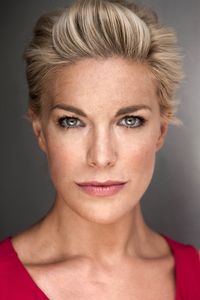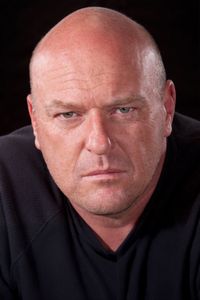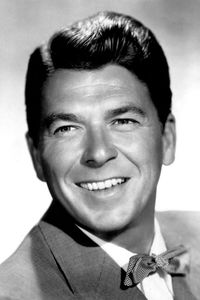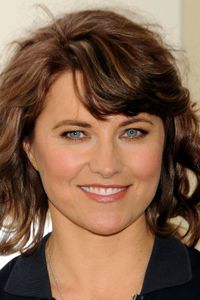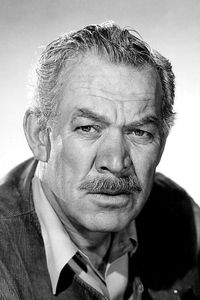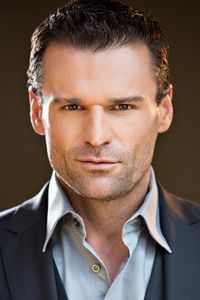Philadelphia-born Ethelind Terry, a renowned beauty of her time, carved a successful career for herself as a temperamental prima donna on the New York musical stage during the 1920s. Her remarkable talent first garnered attention in the "Music Box Revue" and subsequently, she made a lasting impression in the Florenz Ziegfeld Jr.-produced "Kid Boots" in 1923.
Terry's biggest Broadway hit was the 1929 production of "Rio Rita," which showcased her exceptional vocal range and stage presence. However, it was Bebe Daniels who got to sing in the screen version of the same play that year. Nonetheless, Ethelind's remarkable performances did not go unnoticed by Hollywood, and she was launched amidst a significant publicity campaign for the screen operetta "Lord Byron of Broadway" in 1930.
Touted as the great star from the theatre, Ethelind was dressed in stunning rose velvet and lace pyjamas designed by David Cox for fan magazines. However, despite the grand expectations, her film debut was met with disappointment. The picture, "Lord Byron of Broadway," was technically competent, but Ethelind and her fellow-Broadway co-star Charles Kaley struggled to connect with the camera, a phenomenon that Douglas Eames aptly described as a "camera coma." Unfortunately, neither of their careers ever recovered from the scathing reviews that followed.
After a string of unsuccessful performances, Ethelind was reduced to an uncredited bit-part as one of Tex Ritter's minstrel singers in the C-grade western "Arizona Days" in 1937. Sadly, this marked the end of her screen career, and she appeared on screen no more.




